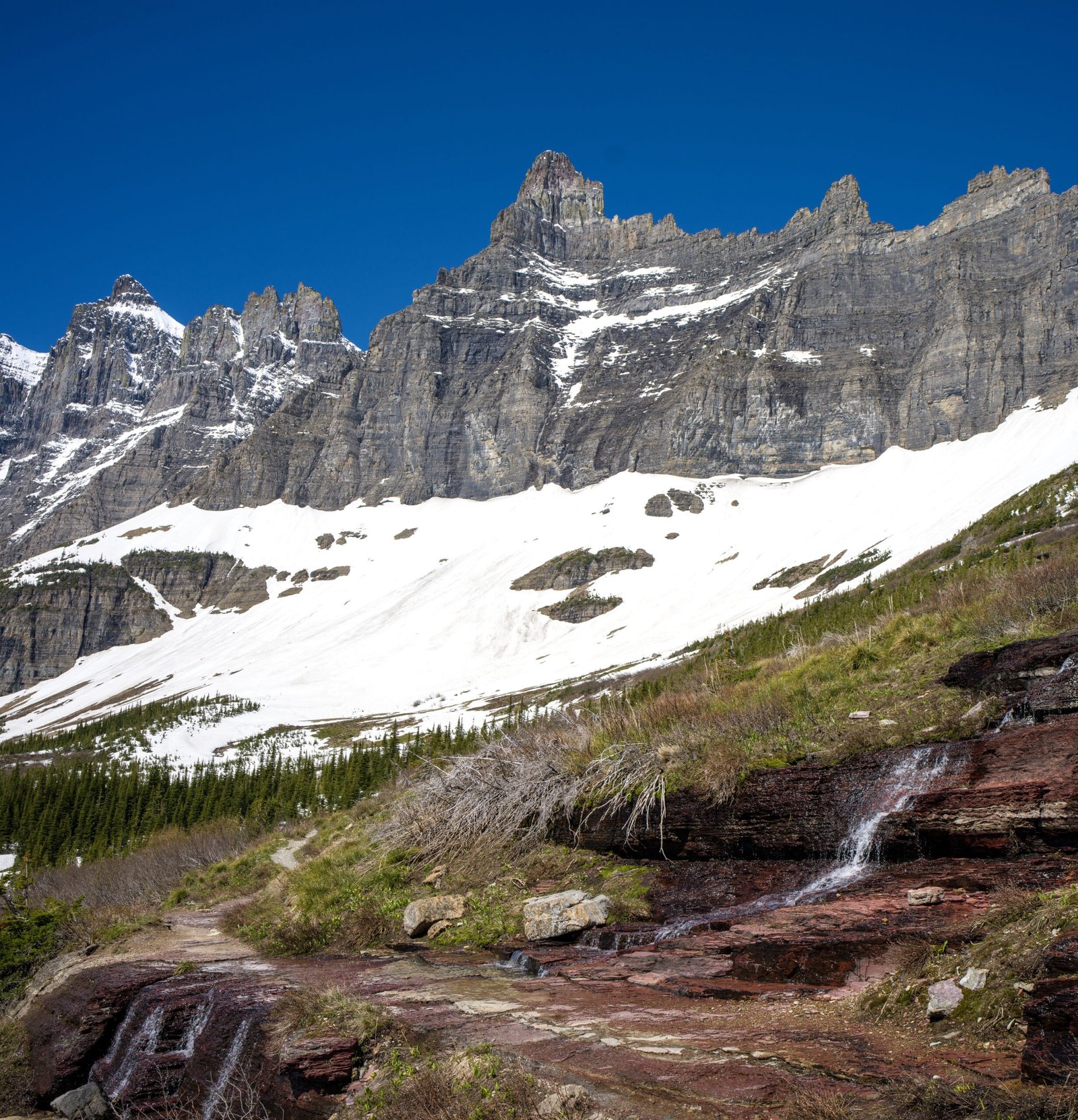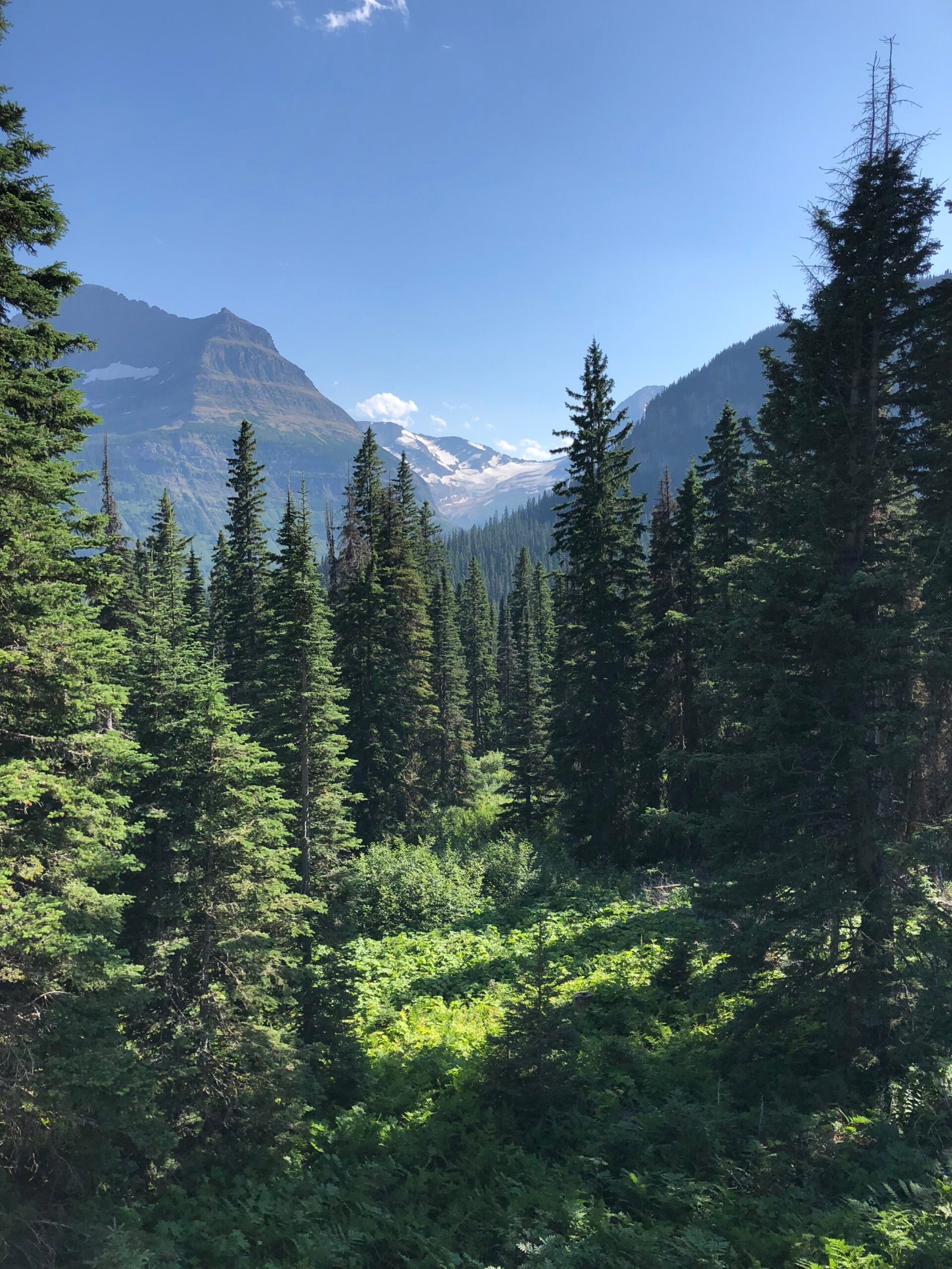Glacier National Park is a haven for bird enthusiasts, boasting 279 documented species with 144 known to nest within its boundaries. This diverse avian population thrives in the park’s varied habitats, from riparian zones to alpine meadows. The park’s location along crucial migratory routes enhances its importance as a bird sanctuary. Visitors can observe a wide range of species, including raptors, songbirds, shorebirds, and waterfowl, each adapted to the park’s unique ecosystems.
What Bird Species Can You Find in Glacier National Park?

Glacier National Park is home to an impressive array of bird species. Here’s a breakdown of some notable birds you might encounter:
- American Dipper
- Mountain Bluebird
- Harlequin Duck
- Osprey
- Northern Flicker
- Pileated Woodpecker
- Yellow-bellied Sapsucker
- Hairy Woodpecker
- Dark-eyed Junco
- Common Raven
These species represent just a fraction of the park’s avian diversity. Each bird has adapted to specific habitats within the park, from fast-flowing streams to dense forests.
Where Are the Best Locations for Birdwatching in the Park?


Glacier National Park offers numerous prime locations for birdwatching. Here are some top spots:
- St. Mary and Virginia Falls: Ideal for observing American Dippers and other riparian species.
- McGee Meadows: Known for snipes, soras, and red-tailed hawks.
- Logan Pass: Offers sightings of various alpine bird species.
- Swiftcurrent Valley: Home to white-crowned sparrows, loons, Clark’s nutcrackers, and golden eagles.
- Waterton’s Maskinonge and Linnet Lakes: Wetlands abundant with ospreys, swans, and kingfishers.
Each location provides unique opportunities to observe different bird species in their natural habitats.
When Is the Best Time for Birdwatching in Glacier National Park?
The optimal time for birdwatching in Glacier National Park varies depending on the season and time of day:
- Spring: Early spring is excellent for observing returning migratory birds.
- Summer: Peak season for bird activity and diversity.
- Fall: Ideal for spotting migratory waterfowl and some year-round residents.
- Daily Timing: Early morning and late evening are generally the best times for bird activity.
| Season | Best For |
|---|---|
| Spring | Migratory birds returning to breeding grounds |
| Summer | Peak bird activity and diversity |
| Fall | Migratory waterfowl and year-round residents |
| Winter | Hardy year-round species |
How Can You Identify Birds in Glacier National Park?
Identifying birds in Glacier National Park requires attention to various visual and auditory cues:
- Visual Identification:
- Observe plumage color and patterns
- Note size and shape
- Watch for distinctive features (beak shape, tail length)
-
Observe behavior and movement patterns
-
Auditory Identification:
- Listen for unique calls and songs
-
Learn to associate sounds with specific species
-
Habitat Association:
- Understand which species are typically found in specific habitats
- For example, American Dippers near streams, woodpeckers in forested areas
Using a combination of these techniques will enhance your bird identification skills.
What Impact Does Climate Change Have on Bird Species in the Park?
Climate change is significantly affecting bird species in Glacier National Park:
- Habitat Shifts: As temperatures warm, some bird species are moving to higher elevations or more northern latitudes.
- Seasonal Changes: Altered timing of migrations and breeding seasons due to changing weather patterns.
- Species Composition: Some species may become more common while others decline.
- Food Availability: Changes in plant and insect life cycles affect food sources for birds.
A study on climate change impacts in the park projects:
- Improved summer climate suitability for some bird species
- Potential challenges for birds adapted to cooler climates
What Equipment Should You Bring for Birdwatching in Glacier National Park?
To enhance your birdwatching experience in Glacier National Park, consider bringing the following equipment:
- Binoculars
- Field guide (book or app)
- Camera with zoom lens
- Notebook and pen
- Comfortable, weather-appropriate clothing
- Sturdy hiking boots
- Water and snacks
- Sun protection (hat, sunscreen)
- Insect repellent
- Park map
This equipment will help you observe, identify, and document the birds you encounter while staying comfortable and safe in the park’s varied terrain and weather conditions.
Are There Any Rare or Endangered Bird Species in Glacier National Park?
While Glacier National Park is home to numerous bird species, some are considered rare or of special concern:
- Harlequin Duck: A species of concern due to habitat loss and climate change.
- Black Swift: Rare and declining, nesting near waterfalls.
- Northern Hawk Owl: An uncommon year-round resident.
- Great Gray Owl: Rare but occasionally spotted in the park.
- Boreal Chickadee: At the southern edge of its range in Glacier.
These species require special attention from conservationists and park managers to ensure their continued presence in the park.
How Can Visitors Contribute to Bird Conservation in the Park?
Visitors to Glacier National Park can play a crucial role in bird conservation:
- Follow Park Rules: Stay on designated trails and respect wildlife viewing distances.
- Report Sightings: Participate in citizen science projects by reporting bird observations.
- Reduce Impact: Practice Leave No Trace principles to minimize environmental impact.
- Educate Others: Share knowledge about bird conservation with fellow visitors.
- Support Conservation Efforts: Donate to or volunteer with park conservation programs.
By taking these actions, visitors can help protect the diverse bird species that call Glacier National Park home.
References:
1. https://www.nps.gov/glac/learn/nature/birds.htm
2. https://www.moon.com/travel/national-parks/wildlife-in-glacier-national-park-safety-hot-spots/
3. https://www.nps.gov/subjects/climatechange/upload/GLAC_2018_Birds_-_CC_508Compliant.pdf